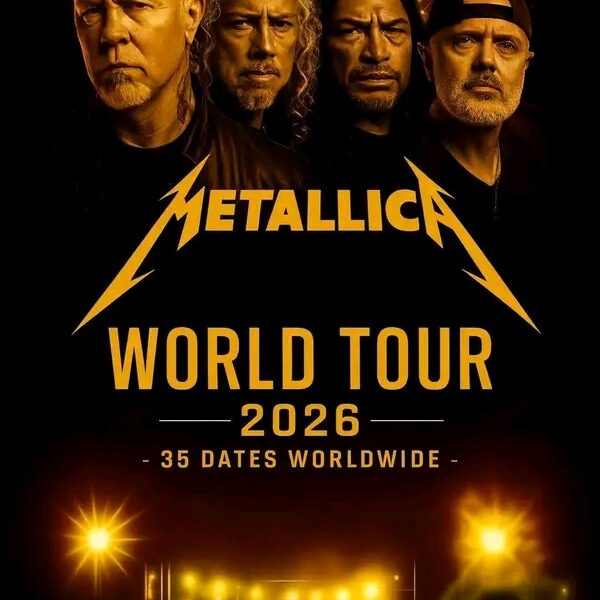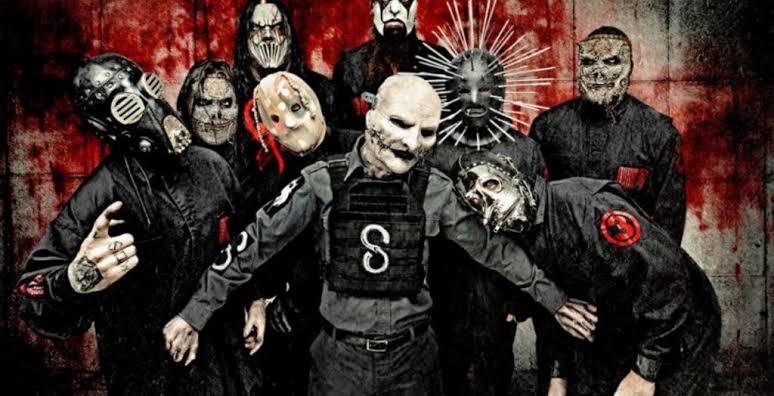Intrigued by my work on how tech usage impacts the Camino experience (and the podcast interview I did with producer Dan Mullins of My Camino The Podcast), editor Andrew Priestley asked me to write a piece for his pilgrim anthology My Camino Walk #2, (pp.153-169) a collection of 18 Internet Age pilgrims’ accounts. I decided to share a personal story from my first Camino de Santiago journey in 1993 because I wanted to show how it is possible to reflect on and witness the impacts that our dependency on tech devices and their applications potentially has on our personal and interpersonal experiences. Here is the article printed with permission from the book. The full reference to the article is in Reources- Reading Further under Articles Specific to the Camino. Leaving Home and Coming Back Nancy L. Frey, PhD For 25 years I’ve been listening to pilgrims’ stories. It’s a privilege I don’t take lightly. Now I am going to share one of my own stories. It’s from another era – pre-Internet. It’s not that long ago – 1993 – but the world and the Camino have changed irrevocably since the rise of the Digital era. (i) People often lament, using the voice of nostalgia or by romanticizing the past, the Camino’s ever-changing nature. Nonetheless, whether it be a bucket-list trip or an earnest soul search, the Camino continues to be a potential pathway of discovery, empowerment and triumph of the human spirit. The Camino de Santiago is a tough journey filled with ups, downs, dirt, boredom, wonder, adversity, silence, heat, pain, suffering, joy, confusion, beauty….. It’s not an easy pathway (physically or mentally) with a golden epiphany waiting at the end. Such wishful thinking is a recipe for disappointment. You are the most important part of the equation and your willingness to walk through one of the many doors the Camino opens to you. I hope that my story and insights from my research will help guide you across the threshold through that door of opportunity that awaits on the road to Santiago. Over the last 10 years I’ve observed and written about the impacts of the Internet and mobile phone technology on the Camino and the experience of being a pilgrim. (ii) My main argument focuses on how the mental part of the journey is compromised when a person allows their digital habits and desire to connect with the outside world to become dominant, habitual and a normal part of their Camino experience. Internet Age pilgrims are on the Camino in body but often their minds are somewhere in the Cloud. (iii) Pilgrimage is a powerful mind body experience and if the mind part is distracted and stimulated by external stimuli, then the pilgrim’s ability to focus on the present and being in the moment of the Camino is seriously impaired. The illustrations shows how different the pilgrim’s mental state potentially is pre-Internet and now. I believe that it illustrates well the mental burden of the Digital pilgrim in a way that words can’t. (iv)


